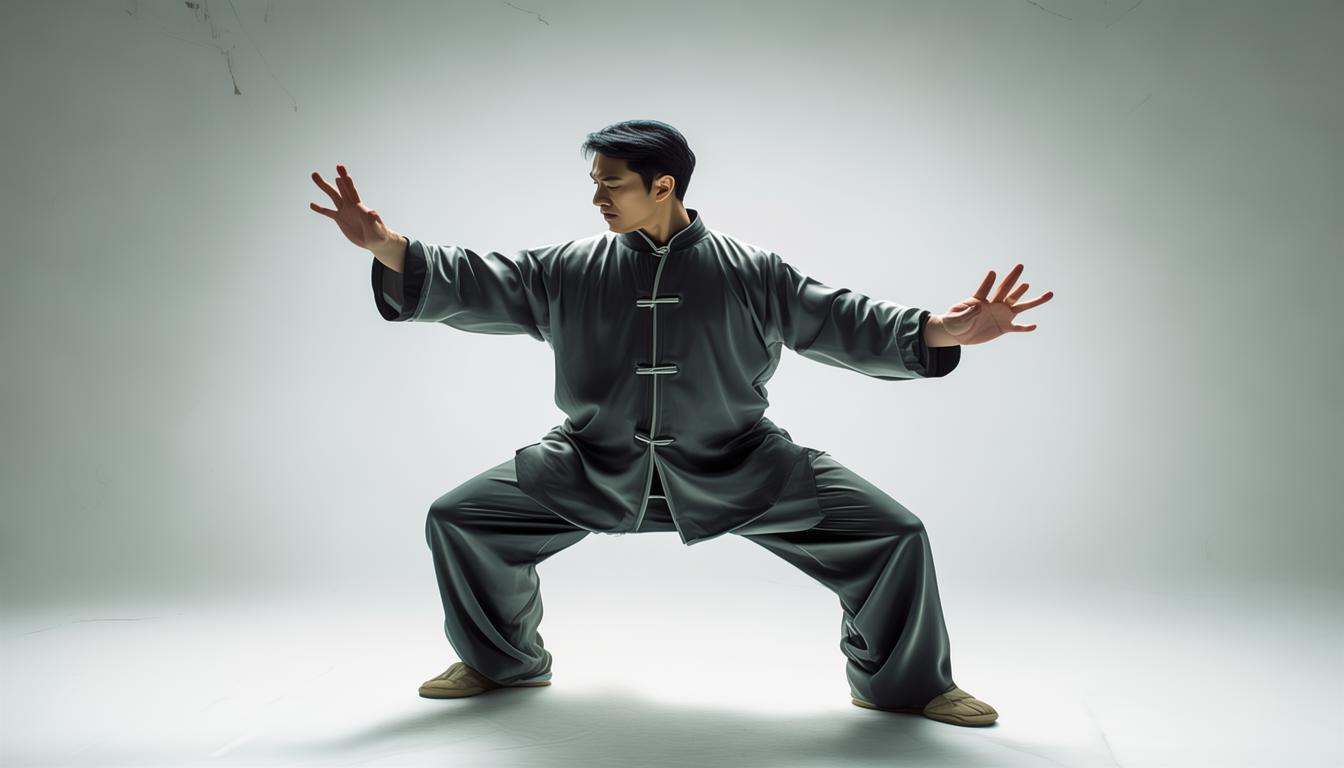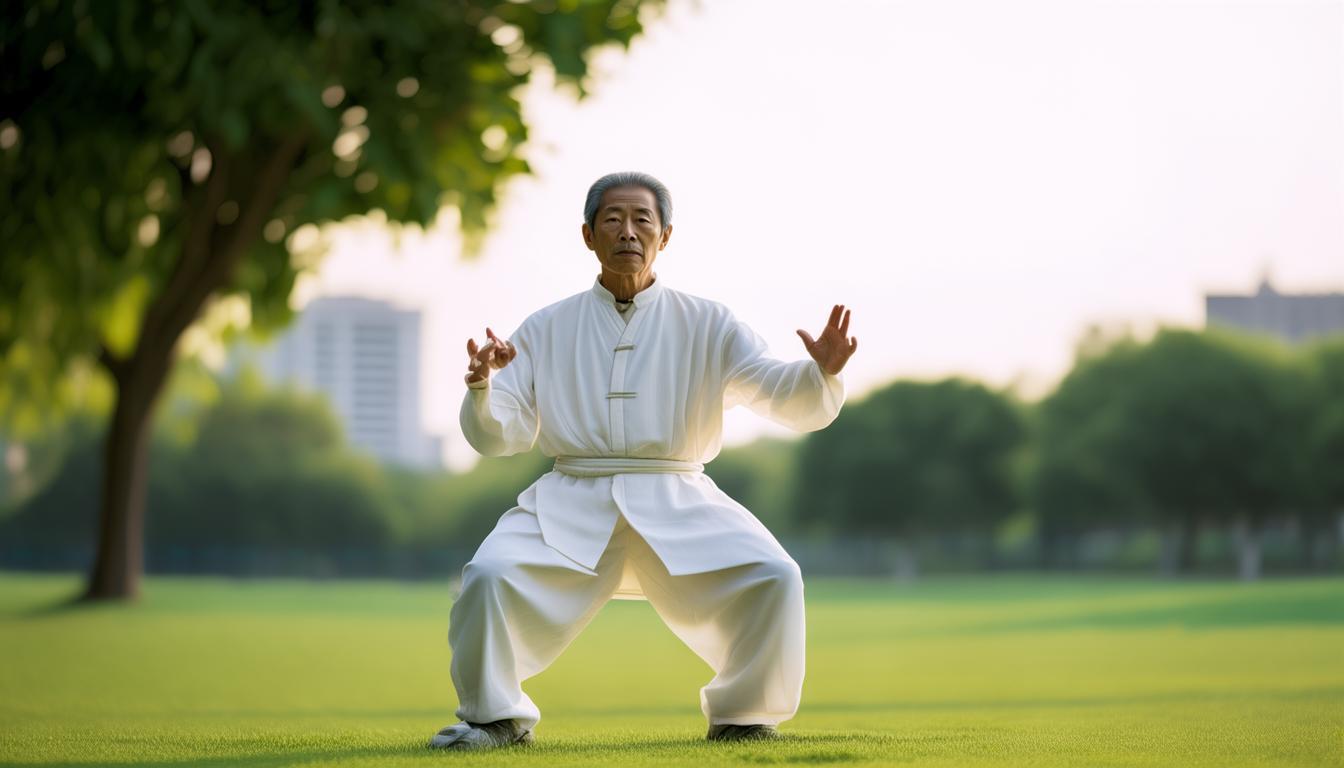In-depth Exploration Of Tai Chi And Qigong: The History And Culture Of Oriental Health Treasures
Tai Chi and Qigong are precious inheritances in Eastern health culture. They cleverly integrate the body's movements, breathing rhythms and mind concentration, which has a significant positive impact on people's physical health and mental state. Next, we will study these health care methods in detail one by one.
History and culture
Tai Chi and Qigong have a long historical origin. Tai Chi originated in ancient my country. Zhang Sanfeng was known as the pioneer of Wudang Tai Chi. His moves and actions contain rich philosophical concepts in our country. Qigong originated from the breathing and breathing techniques used by people in ancient times to maintain health. As early as the Spring and Autumn Period and the Warring States Period, many documents recorded it. These skills bring together the wisdom of people’s exploration of the mysteries of health and life for thousands of years.
After a long historical period, these skills are not only of great benefit to strengthening people's physical fitness, but also contain the rich essence of diverse cultures such as Confucianism, Buddhism, and Taoism. In the past, practitioners seemed to have a conversation with nature when they were either under the shade of ancient trees or in the courtyard. Today, in the park, we can still see the elderly waving Tai Chi sword leisurely. These activities are precious cultural heritage passed down from generation to generation.
Fitness effects

Practicing Tai Chi can improve the body's flexibility and maintain balance. When practicing Tai Chi, all parts of the body will be exercised. For example, cloud hands and other movements can continuously lengthen the body, making the body more agile. Moreover, Tai Chi also helps to strengthen cardiopulmonary function, and through slow and deep breathing, ensures that the breath flows smoothly in the body, thereby exercising the heart.
Qigong emphasizes the movement of qi and meridians in the body. Continuous practice can help improve the body's metabolism speed and make people full of vitality. In addition, it can effectively regulate the nervous system, reduce the body's tension, and the quality of sleep and the endocrine system will gradually improve. The practitioner can clearly feel the positive changes in the body from the inside out.
Key points for practice
When practicing Tai Chi, the movements should be standardized. Each movement and posture has its own unique technical specifications. For example, when starting the hand, the feet should be moderately separated and the body should be kept straight. At the same time, you should also pay attention to the harmony of your breathing. Your breathing should be uniform, smooth, deep and delicate, and cooperate with your movements to achieve the best effect. In addition, you should concentrate, eliminate distracting thoughts, and devote yourself to practice.
The key to practicing qigong is to effectively control consciousness, and the mind must be focused on the flow of qi flow in the body, such as focusing on the dantian. At the same time, the regulation of breathing is also very important. When inhaling, you should feel the gas filling the whole body, and when exhaling, you should slowly release it to gradually form a natural breathing rhythm. In addition, the principle of combining movement and stillness cannot be ignored.
Suitable for the crowd

Tai Chi has gentle movements and is very suitable for middle-aged and elderly people to exercise. The exercise intensity is appropriate, which not only helps prevent common geriatric diseases such as osteoporosis and joint pain. For teenagers, practicing Tai Chi can enhance their concentration and patience, which is extremely beneficial for their learning and growth. As for women, by practicing Tai Chi, they can strengthen their physical fitness and achieve a better coordination state of body and mind.
People with chronic diseases can gain the benefits of auxiliary treatment by practicing qigong. For example, after practicing qigong by patients with hypertension, their blood pressure will be more stable. For Tai Chi Online , an office worker who is under work pressure on a daily basis, Qigong can also help them relieve stress and improve their sleep quality. This exercise method is suitable for people of all ages and different health conditions. The key is to find a practice method that suits you.
Future development
People's interest in health care has increased, which has led to great attention from Tai Chi and Qigong on a global scale. Many countries have seen a large number of people practicing Tai Chi and Qigong, and international exchanges in these fields are becoming more and more active. In the field of health preservation, Tai Chi and Qigong have become the focus of attention.
In the future, with the continuous advancement of technology, more innovative ways of training may emerge. For example, we can develop some virtual teaching courses. Inheritance and innovation will promote the continuous development of these methods and benefit more people. What modern elements do you think can Tai Chi and Qigong be combined with to achieve common progress between the two?


